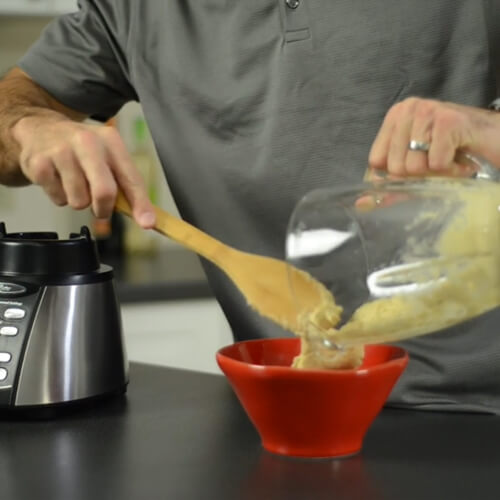An introduction to cooking hummus

Originally hailing from the Middle East, hummus literally means "chickpeas" in Arabic. Once those are mashed, the paste is then combined with salt, garlic, lemon juice and tahini, resulting in a slightly spicy, mostly smoky dip that is lauded the world over. As hummus has spread from its roots in countries like Saudi Arabia and Egypt, chefs have found ways to fine-tune the recipe in order to make for an even tastier meal or appetizer. If you're looking to serve some at your next party or gathering, these are just a few tips and tricks that'll make for truly yummy hummus:
Cook your chickpeas
It'd be easy to head to the local store and buy some canned chickpeas. However, those often come pre-mashed, resulting in a slightly inferior taste. Your best bet is to actually cook the chickpeas yourself. The first step is putting them into a pot or other container and letting them dry out overnight. Adding a few teaspoons of baking soda will streamline the whole process and ensure the peas dry out evenly. Just be careful with how much baking soda you use, though; about half a tablespoon for every 17 ounces of peas is optimal. From there, you'll want to cook the peas at low heat – around 200 degrees Fahrenheit – for about 90 minutes. By the end, the peas should be nice and soft, but not so much they they fall apart too easily or feel mushy to the touch.
Freshness matters
Much like with the canned chickpea approach, some chefs will opt to use garlic powder for their hummus recipe. On the one hand, that's far easier than preparing and grinding fresh garlic. However, what you make up for in time you lose in overall flavor. Raw garlic gives the hummus a lot of its natural flavors. If you want to reduce garlic's strength, you can also use peeled garlic cloves. If the cloves are added during the heating process, they'll lose some of their intensity. The same rule applies for lemon juice. Concentrate is far easier with the pre-processed option, but fresh lemon has a unique flavor that really marries well with the chickpeas. Freshness does have a noticeable effect, as older ingredients can often leave your hummus with a kind of soupy consistency.
Experiment with new flavors
As mentioned above, the classic garlic recipe is fairly straightforward. Yet because it's become so popular across the world, there have also been a slew of variations created over the years. For Greek style, you can add cinnamon and spinach to the mix, which has a kind of similar consistency to that of the more popular Greek yogurt. Want your hummus with even more of a garlic-like taste? Toss in some pesto, which has a kind of garlic aftertaste. Those looking for a more spicy hummus can add in cayenne pepper and some cumin, both of which go great with the earthy flavors of most hummus recipes. No matter what kind of flavor experience you like, you can always experiment with different ingredient pairings.
Mastering hummus will no doubt aid you during your stint in culinary academy.


